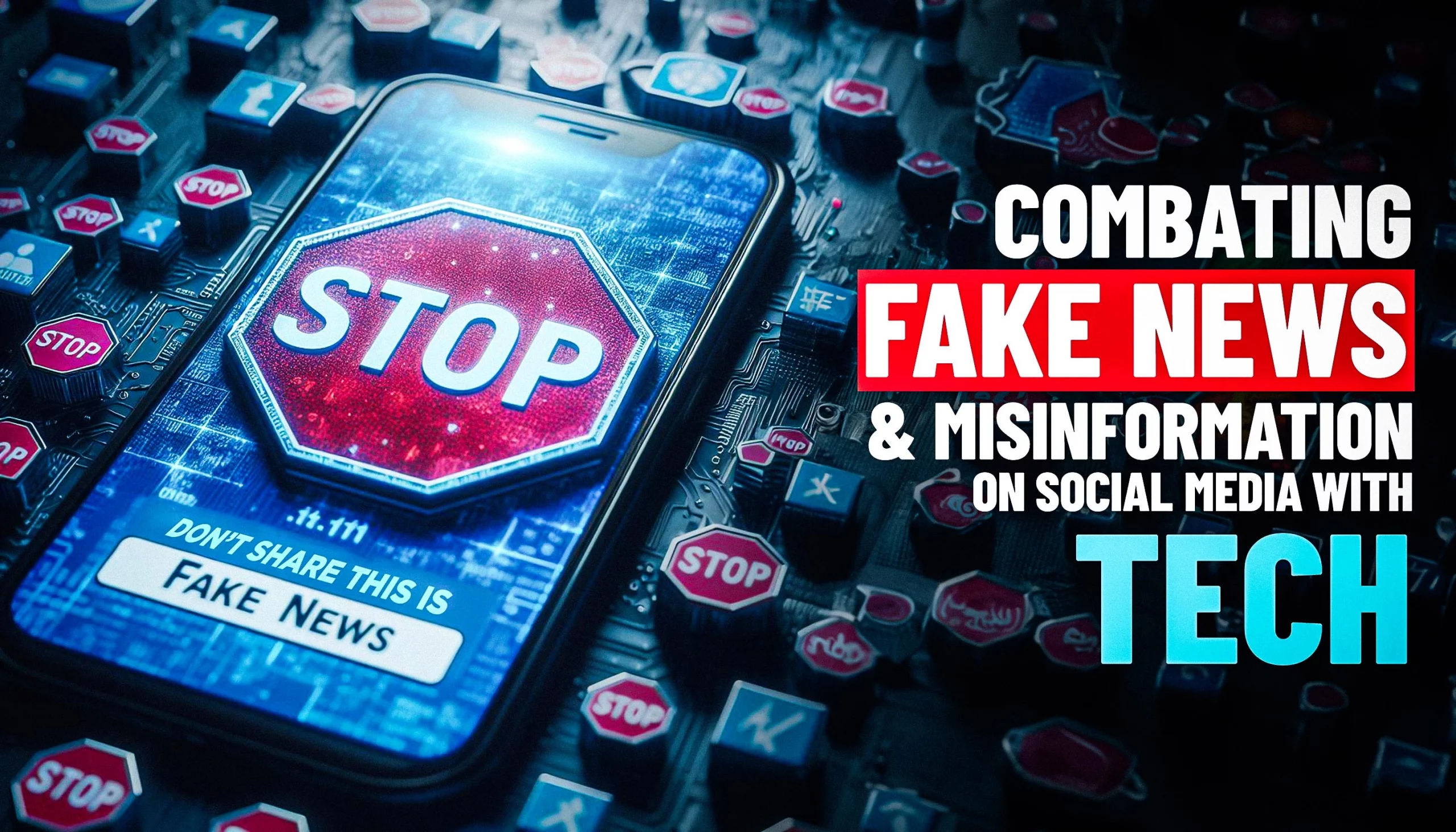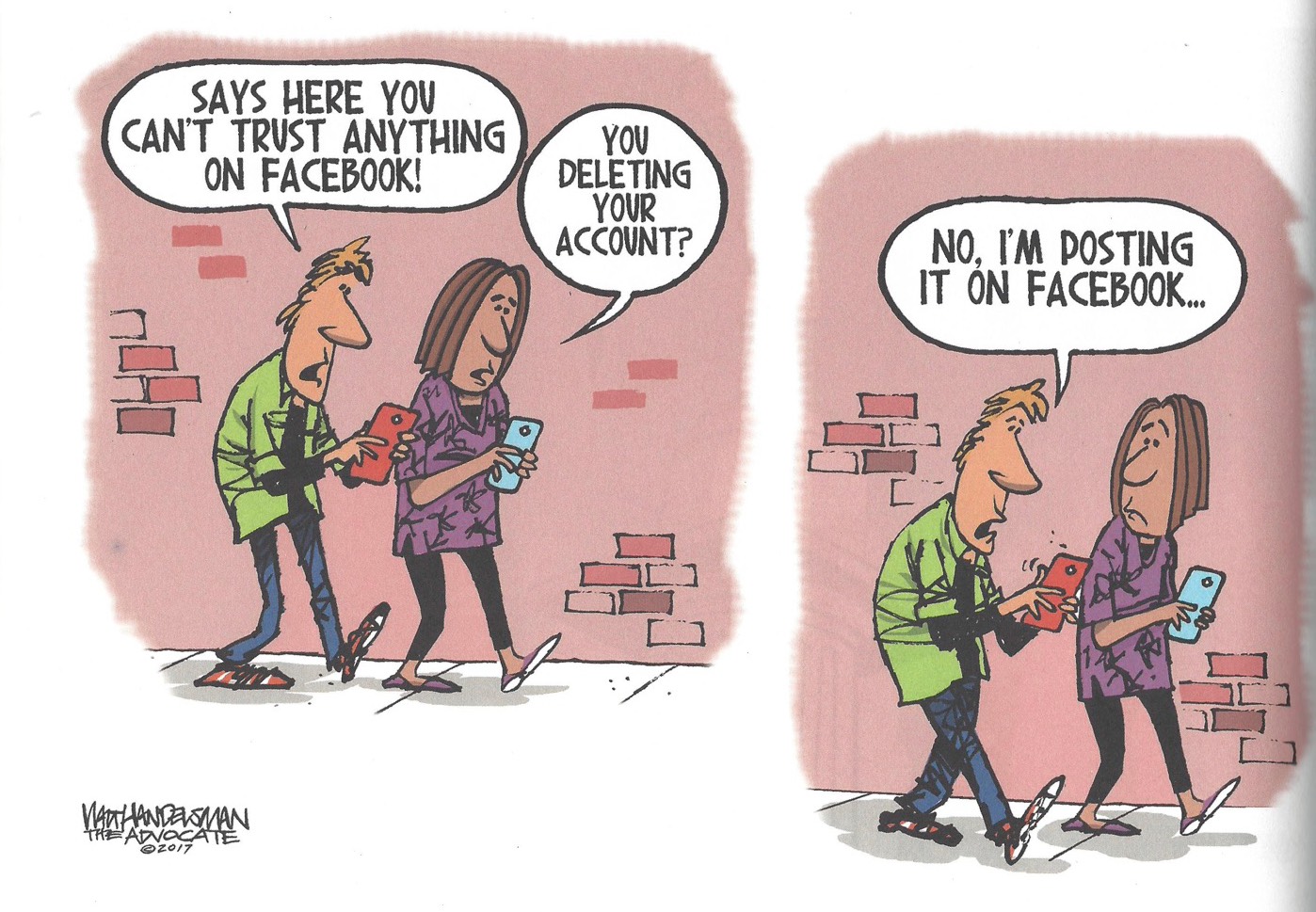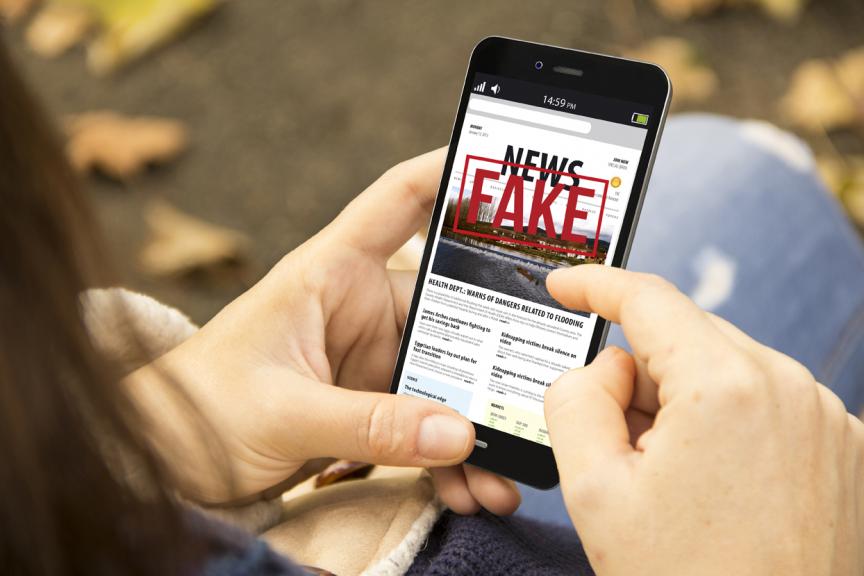Fake news spreads misinformation, damaging trust and distorting public perception. Combating it requires awareness, critical thinking, and reliable sources.
Fake news has become a pervasive issue in today’s digital age. Misinformation spreads quickly through social media and online platforms. People often struggle to discern credible sources from false ones. This confusion can lead to widespread misinformation and panic. Fake news not only affects individuals but also undermines trust in institutions and media.
Educating oneself and others about identifying fake news is crucial. Relying on verified sources and fact-checking information before sharing can combat this problem effectively. Being vigilant and skeptical about sensational headlines helps maintain an informed society.
The Rise Of Fake News
In today’s digital era, fake news has become a widespread problem. It misleads, creates confusion, and distorts facts. Understanding its origins and how it has evolved is crucial.
Historical Context
Fake news is not a new phenomenon. Throughout history, false information has influenced opinions and decisions. In ancient Rome, politicians used false stories to discredit rivals. During World War II, propaganda spread lies to boost morale and demonize enemies.
In the 20th century, tabloids often published sensational and misleading headlines. This laid the groundwork for today’s fake news. The internet and social media have amplified this issue, making it easier to spread misinformation quickly.
Modern Examples
Today, fake news can be found on various platforms. Social media sites like Facebook and Twitter often see viral fake stories. These stories can range from political misinformation to health-related myths.
One prominent example is the misinformation during the COVID-19 pandemic. False claims about cures and vaccines spread rapidly, causing panic and mistrust. Another example is the 2016 US election, where fake news stories influenced voters and created division.
To better understand, here’s a table of some modern fake news examples:
| Event | Fake News Example | Impact |
|---|---|---|
| COVID-19 Pandemic | False cures and vaccine myths | Public panic and health risks |
| 2016 US Election | Fake political news | Influenced voter opinions |
| Climate Change | Denial of scientific facts | Confusion about environmental policies |
Fake news has real-world consequences. It affects public opinion, health, and even democracy. Being aware of its rise and understanding its historical context is the first step to combating it.

Credit: ripenapps.com
Identifying Fake News
Understanding and combating fake news is crucial in today’s digital age. Fake news can mislead people, spread misinformation, and create confusion. Identifying fake news is the first step to combating its effects. This section will provide insights into the key characteristics and common platforms where fake news thrives.
Key Characteristics
Fake news often has distinct characteristics that can help in identifying it. Here are some key signs to watch for:
- Sensational Headlines: Fake news often uses sensational headlines to grab attention.
- Lack of Sources: Reliable news includes sources and references. Fake news lacks credible sources.
- Grammatical Errors: Professional news articles have minimal errors. Fake news may have many mistakes.
- Emotional Manipulation: Fake news often tries to provoke strong emotions to influence readers.
- Author Credibility: Check if the author is known and credible in their field.
Common Platforms
Fake news can spread through various platforms. Here are some common ones:
| Platform | Characteristics |
|---|---|
| Social Media | Quickly spreads through shares, likes, and comments. People often believe news from friends and family. |
| Websites | Fake news websites mimic real news sites but lack credibility and proper sources. |
| Chain emails can contain fake news and misinformation. Always verify before sharing. |
Recognizing these characteristics and platforms can help in identifying and combating fake news. Stay informed and always verify the information before believing or sharing it.
Impact On Society
Fake news has a significant impact on society. It disrupts public trust and affects political landscapes. Understanding these impacts is crucial for combating misinformation.
Public Trust
Fake news erodes public trust in media and institutions. People rely on accurate news for their decisions. When they encounter fake news, their trust diminishes. This mistrust spreads to other sources, even credible ones.
According to a recent study:
| Trust Level | Percentage |
|---|---|
| High Trust | 30% |
| Moderate Trust | 40% |
| Low Trust | 30% |
The table shows a decline in high trust levels. People are becoming skeptical of the information they receive.
Political Consequences
Fake news also has serious political consequences. It can influence elections and policy decisions. Misinformation campaigns can sway voter opinions. This can lead to unexpected election results.
There are several ways fake news affects politics:
- Spreads false claims about candidates
- Creates divisions among voters
- Undermines democratic processes
These issues highlight the need for vigilance against fake news. Ensuring accurate information is vital for a healthy society.
Psychology Behind Belief
Understanding why people believe fake news is crucial. It’s not just about the information itself. The human mind plays a big role. The psychology behind belief helps us see why some news sticks.
Cognitive Biases
Cognitive biases are mental shortcuts. They help us make quick decisions. But they can also lead to errors. One common bias is the confirmation bias.
People tend to believe information that supports their views. This makes fake news spread quickly. Another bias is the availability heuristic. People believe something if they can recall it easily.
| Bias | Description |
|---|---|
| Confirmation Bias | Favoring information that confirms personal beliefs. |
| Availability Heuristic | Believing information that is easily recalled. |
Emotional Triggers
Emotions play a huge role in belief. Fake news often uses emotional triggers. These triggers make people react quickly.
- Fear: Stories that cause fear spread fast.
- Anger: Angry reactions make people share news more.
- Happiness: Positive news also travels quickly.
These emotional responses make fake news hard to ignore. They bypass our logical thinking. This is why fake news can be so powerful.
Technological Solutions
Fake news spreads quickly. Technological solutions can help fight it. Many tools and methods exist to identify and stop fake news. Below are some key technologies used in this battle.
Ai And Algorithms
Artificial Intelligence (AI) can detect fake news. Algorithms analyze content for patterns. These patterns often indicate false information. AI tools can learn and improve over time. They get better at spotting fake news. Companies use AI to monitor social media. AI helps remove fake content fast.
Verification Tools
Verification tools check the truth of information. They compare news with trusted sources. These tools can spot fake images and videos. Many verification tools are free. People can use them to check news before sharing.
| Tool Name | Purpose |
|---|---|
| FactCheck.org | Checks political news |
| Snopes | Debunks myths and rumors |
| Google Fact Check Tools | Verifies online content |
- Use fact-checking websites.
- Verify images with reverse search.
- Cross-check news with multiple sources.

Credit: faculty.lsu.edu
Role Of Media Literacy
Understanding and combating fake news requires strong media literacy. Media literacy helps people identify fake news. It teaches them to analyze information critically.
Educational Programs
Schools and communities should offer educational programs on media literacy. These programs can include:
- Workshops for students
- Seminars for parents
- Online courses
These programs teach how to spot fake news. They also show how to find reliable sources. Education is a powerful tool against misinformation.
Critical Thinking Skills
Critical thinking skills are crucial in fighting fake news. People need to ask questions:
- Who created this information?
- What is the source?
- Is the information biased?
These questions help verify the truth. They also help in understanding the intent behind the news. Encouraging critical thinking in daily life is essential.
Learning to evaluate information helps in making informed decisions. Both educational programs and critical thinking skills play a big role in media literacy. Together, they can help combat fake news effectively.
Legal And Policy Measures
Understanding and combating fake news requires strong legal and policy measures. Governments and organizations create these measures to protect the public. In this section, we will explore regulatory frameworks and international efforts to fight fake news.
Regulatory Frameworks
Governments around the world are setting up regulatory frameworks to control fake news. These frameworks help in monitoring and penalizing false information. They ensure that the news spread is accurate and verified.
Here are some examples of regulatory frameworks:
- Social Media Regulations: Platforms must remove fake news quickly.
- Broadcasting Standards: TV and radio must follow strict rules.
- Internet Laws: Websites spreading fake news can be blocked.
These frameworks are essential for maintaining information integrity and public trust.
International Efforts
Fake news is a global issue. Countries are working together to fight it. International organizations and treaties play a key role. They set guidelines and share best practices.
Some notable international efforts include:
- United Nations Initiatives: Promotes global cooperation against fake news.
- European Union Directives: Sets rules for member countries to combat fake news.
- Intergovernmental Agreements: Countries agree on joint actions against false information.
These efforts ensure a unified approach to tackle the spread of fake news worldwide.
| Organization | Role |
|---|---|
| United Nations | Global cooperation and guidelines |
| European Union | Rules for member states |
| Intergovernmental Agreements | Joint actions against fake news |

Credit: www.bridgeindia.org.uk
Community And Individual Actions
Understanding and combating fake news requires both community and individual actions. Everyone can play a role in fighting misinformation. This section will explore grassroots movements and personal responsibility in tackling fake news.
Grassroots Movements
Grassroots movements are powerful in battling fake news. Communities can unite to share accurate information. Local groups can organize educational workshops on media literacy. They help people identify false information. Community leaders can set up online forums for discussing news sources.
Here are some actions grassroots movements can take:
- Host public meetings on recognizing fake news.
- Create social media campaigns to promote fact-checking.
- Partner with schools for student education on media literacy.
Personal Responsibility
Individuals must also take responsibility. Everyone should verify the news they share. Use trusted sources and fact-checking websites. Avoid sharing articles without reading them first.
Follow these simple steps to ensure you are not spreading fake news:
- Check the source: Ensure the news comes from a reliable site.
- Read beyond the headline: Headlines can be misleading.
- Verify with other sources: Look for the same news on multiple sites.
- Check the date: Sometimes old news is reshared as new.
- Look for evidence: Ensure the news has supporting facts.
Being responsible helps stop the spread of fake news. It protects everyone from misinformation.
Conclusion
Combating fake news requires vigilance and critical thinking. Verify sources and question suspicious content. Share accurate information to help others stay informed. By working together, we can reduce the spread of misinformation. Stay aware and prioritize truth in your daily media consumption.

